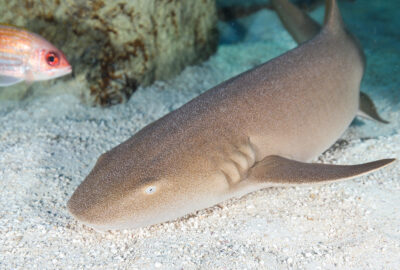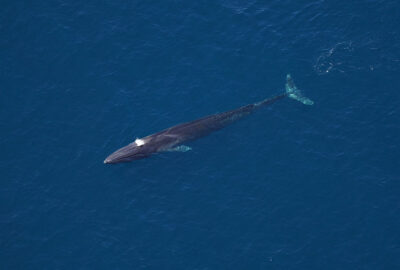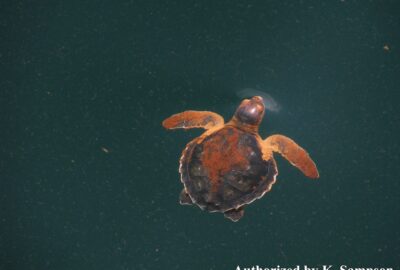Mitigating the Impact of Commercial Fishing on Thorny Skate in the Gulf of Maine
By Ryan Knotek, PhD on Thursday, March 01, 2018

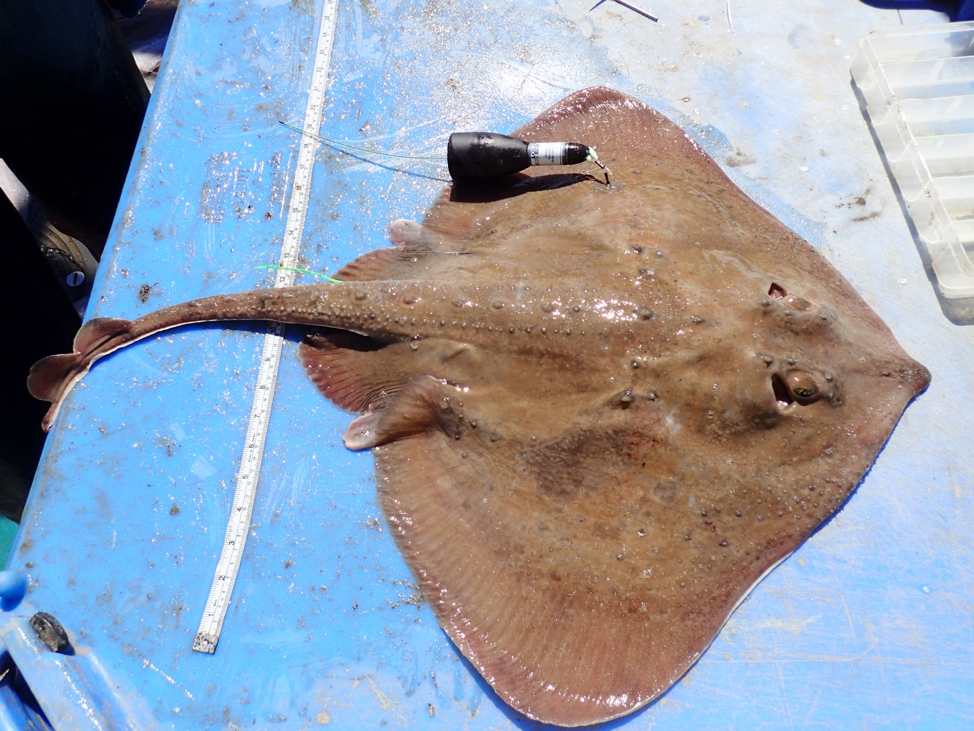
Thorny skate (Amblyraja radiata) are a bottom-dwelling species that can be found in the cooler, deeper waters of the Gulf of Maine. These skate can be identified by the sharp thorns that cover the top-side of their bodies and are used as protection from predators.
In the Gulf of Maine, these skate have been subject to direct and indirect commercial fishing pressures by three of the major fisheries—Northeast Multispecies, Monkfish, and Atlantic Sea Scallop. These fisheries use bottom-tending gear such as otter-trawls, dredges, and gillnets and have either directly targeted thorny skate for the meat on their wings or have incidentally captured and discarded these animals as bycatch.
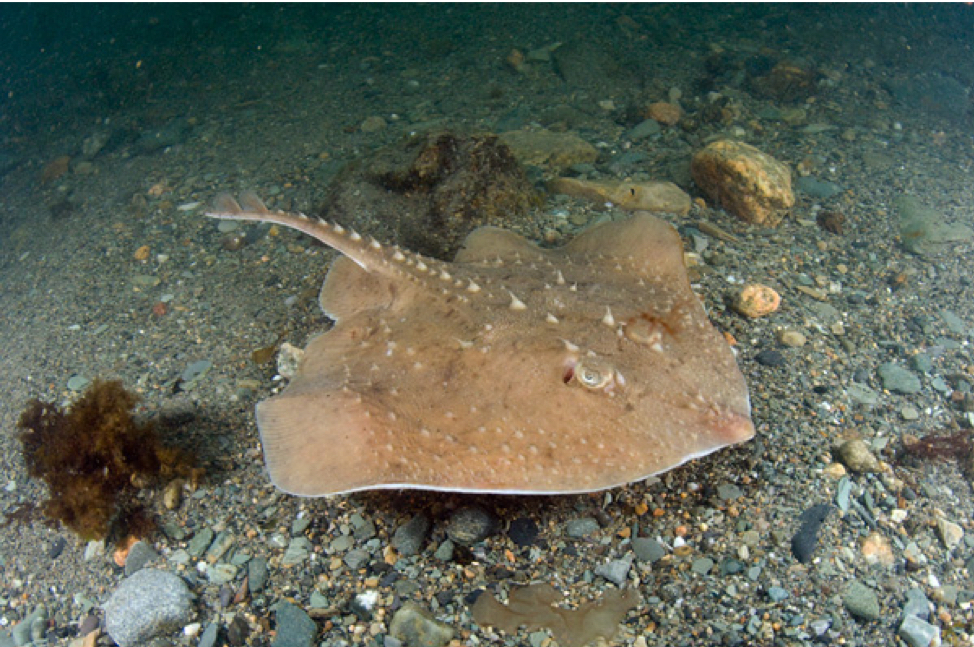
Thorny skate are sensitive to these types of fishing pressures because aspects of their life history, such as low reproductive output, make it difficult for the population to withstand high fishery removals. Unfortunately, this susceptibility led to a significant decline in thorny skate biomass in the Gulf of Maine and prompted the species’ listing as a prohibited (zero-possession, mandatory-release) species by the New England Fishery Management Council in 2003.
Despite this management measure, these skates continue to be commonly captured and discarded in commercial fisheries and still remain one of the most overfished stocks in the Gulf of Maine with a population level near historic lows.
The effectiveness of any fishery landings prohibition policy is predicated upon one simple question: does the species survive after being released/discarded?
It is also valuable to understand the aspects of the capture-and-handling process, such as haul/soak durations or handling methods, which can influence mortality, along with when and where the species is at highest risk of fishery interactions. Given its dire population status and sensitivity to fishing mortality, the importance of answering these questions for the thorny skate cannot be overstated because even low- to moderate-incidental mortality rates may prevent population recovery.
In 2016, research scientists from the Anderson Cabot Center for Ocean Life began a collaborative study—funded by the NOAA Bycatch Reduction and Engineering Program—to better understand the thorny skate discard mortality rate in the Gulf of Maine commercial otter trawl fishery (see below for list of collaborators).
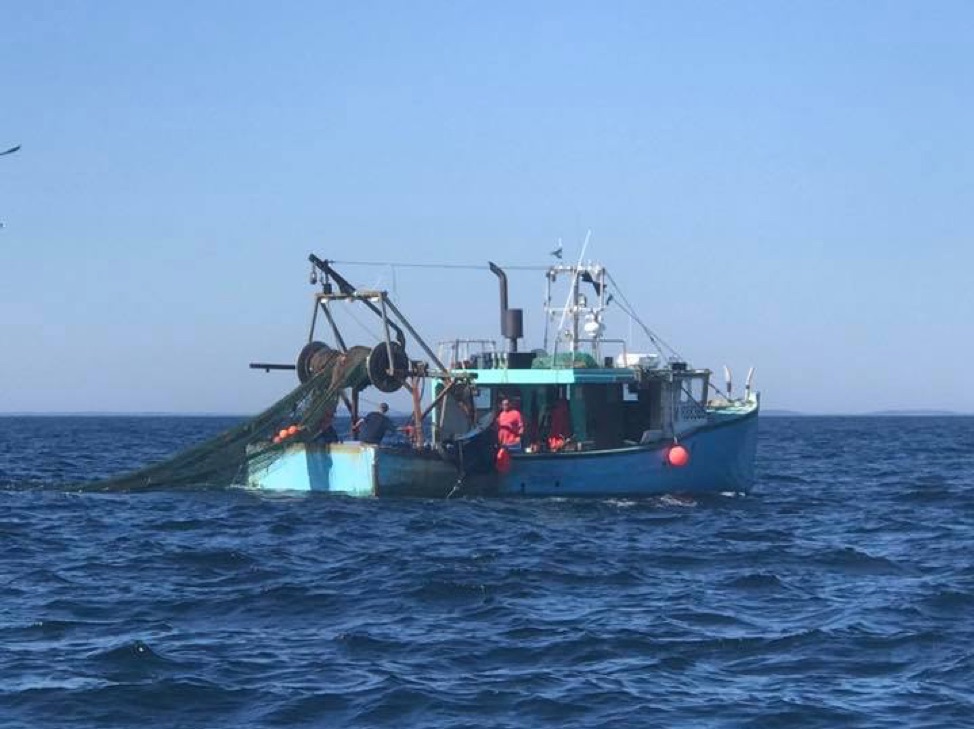
In this study, we took a two-pronged approach by first examining commercial fisheries effort and thorny skate abundance data to identify locations and times where the likelihood of thorny skate bycatch is high (bycatch hotspots) for the three major fisheries in the Gulf of Maine. Next, working with commercial fisherman Captain Joe Jurek aboard his Gloucester-based F/V Mystique Lady, we evaluated the condition of 610 thorny skates that were captured under representative fishing conditions.
Of these skates, 75 were tagged with pop-up satellite archival transmitting (PSAT) tags. These high-tech instruments (Lotek Wireless Inc.) record the depth (from pressure) and temperature of the water every 10 seconds for up to 28 days. After that, the tags detach, float to the surface, and transmit the data (via satellite) for us to remotely download. Information from these PSAT tags can then be used to look at vertical movement patterns and deduce if any incidental mortality has occurred.

Results from each component will be integrated to develop practical bycatch avoidance strategies for thorny skates in the Gulf of Maine and to provide fishery-scale incidental mortality estimates and clear recommendations on “best practice” methods for reducing mortality of trawl-caught thorny skates.
Scientific and Industry Collaborators: Dr. Jeff Kneebone, Dr. John Mandelman (Anderson Cabot Center for Ocean Life), Ryan Knotek (University of Massachusetts Boston, Ph.D. student), Dr. James Sulikowski (University of New England), Dr. Tobey Curtis (NOAA Fisheries), Capt. Joe Jurek (F/V Mystique Lady).

